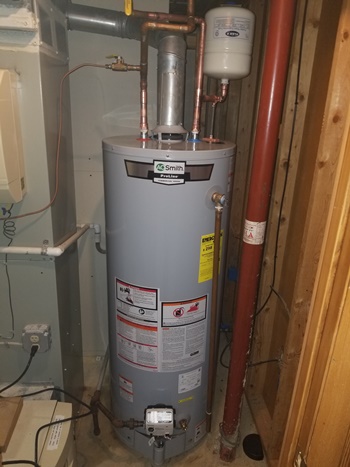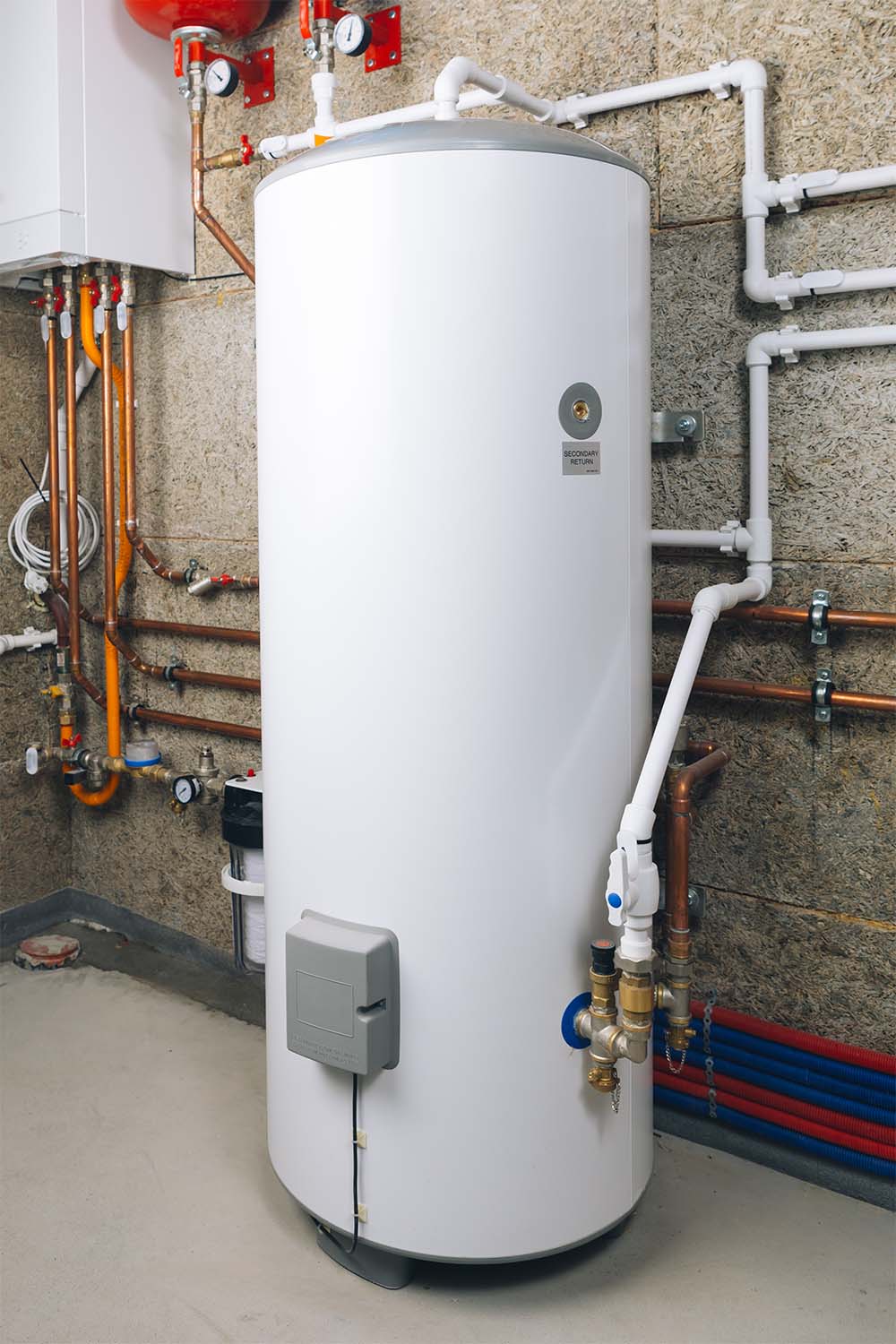The article underneath on the subject of Tips on Maintaining a Water Heater is definitely interesting. Read it for your own benefit and see what you think about it.

Hot water is essential for daily convenience, whether it's for a revitalizing shower or cleaning recipes. To ensure your hot water system runs effectively and lasts longer, regular maintenance is key. This write-up gives practical pointers and insights on how to keep your home's warm water system to prevent interruptions and pricey repair services.
Introduction
Keeping your home's warm water system could seem difficult, but with a couple of easy actions, you can ensure it runs efficiently for many years ahead. This guide covers everything from comprehending your warm water system to DIY maintenance pointers and understanding when to call expert aid.
Significance of Keeping Your Hot Water System
Regular upkeep not just prolongs the life-span of your warm water system but likewise ensures it operates effectively. Neglecting maintenance can bring about decreased performance, higher energy bills, and even early failure of the system.
Indicators Your Warm Water System Needs Maintenance
Recognizing when your warm water system needs interest can stop significant issues. Watch out for signs such as inconsistent water temperature level, strange noises from the heating unit, or corroded water.
Understanding Your Warm Water System
Prior to diving right into upkeep jobs, it's helpful to recognize the basic parts of your hot water system. Generally, this consists of the hot water heater itself, pipes, anode rods, and temperature controls.
Regular Monthly Maintenance Tasks
Routine regular monthly checks can aid capture minor issues before they escalate.
Flushing the Water Heater
Flushing your water heater removes debris accumulation, improving efficiency and lengthening its life.
Monitoring and Replacing Anode Rods
Anode rods avoid rust inside the tank. Inspecting and replacing them when worn is vital.
Evaluating and Readjusting Temperature Level Settings
Adjusting the temperature settings ensures ideal efficiency and security.
Do It Yourself Tips for Upkeep
You can carry out several upkeep tasks yourself to keep your hot water system in top condition.
Checking for Leakages
Regularly inspect pipelines and links for leakages, as these can bring about water damages and greater bills.
Evaluating Pressure Alleviation Valves
Examining the stress safety valve guarantees it works properly and avoids excessive pressure build-up.
Insulating Pipelines
Shielding hot water pipelines lowers warmth loss and can save energy.
When to Call a Specialist
While do it yourself maintenance is advantageous, some issues call for expert knowledge.
Complicated Issues Requiring Expert Aid
Instances include major leakages, electric problems, or if your hot water heater is consistently underperforming.
Routine Professional Upkeep Perks
Expert upkeep can consist of complete examinations, tune-ups, and making certain compliance with safety and security criteria.
Conclusion
Regular maintenance of your home's warm water system is crucial for efficiency, longevity, and price financial savings. By complying with these pointers and knowing when to look for specialist aid, you can make certain a dependable supply of hot water without unanticipated disruptions.
How to Maintain an Instant Hot Water Heater
Before tinkering with your hot water heater, make sure that it’s not powered on. You also have to turn off the main circuit breaker and shut off the main gas line to prevent accidents. Also turn off the water valves connected to your unit to prevent water from flowing into and out of the appliance. 2. When you’re done, you have to detach the purge valves’ caps. These look like the letter “T†and are situated on either side of the water valves. Doing so will release any pressure that has accumulated inside the valves while at the same time avoid hot water from shooting out and burning your skin. 3. When the purge valves’ caps are removed, you have to connect your hosing lines to the valves. Your unit should have come with three hoses but if it didn’t, you can purchase these things from any hardware or home repair shops. You can also get them from retail stores that sell water heating systems. Read the user’s manual and follow it to complete this task properly. When the hosing lines are connected, open the purge port’s valves. 4. You should never use harsh chemical cleaners or solutions when cleaning your unit. Make use of white vinegar instead. It should be undiluted and you’ll probably use about 2 gallons. 5. Now flush your water heater. This task should probably take about 40 minutes. We can’t give you specific directions for this because the procedure is carried out depending on the type, model and brand of your heater. With that being said, refer to the user’s manual. 6. When you’re done draining the unit, you have to turn off the purge port valves again. Remove the hosing lines that you earlier installed on each of the water valves. Put the valve caps (purge port) back in their respective places and be very careful so as not to damage the rubber discs that are found inside these caps. 7. Now that everything’s back in place, check your user’s manual again to find out how to reactivate your water heating system. 8. Once it is working, turn one of your hot water faucets on just to let air pass through the heater’s water supply pipes. Leave the tap on until water flows smoothly out of it. https://www.orrplumbing.com/blog/2014/september/how-to-maintain-an-instant-hot-water-heater/

Do you really like reading up on Tips on Maintaining a Water Heater? Write a remark down the page. We would be happy to know your opinion about this page. We hope to see you back again soon. Enjoyed our review? Please share it. Let someone else discover it. Thank you so much for taking the time to read it.
This Site